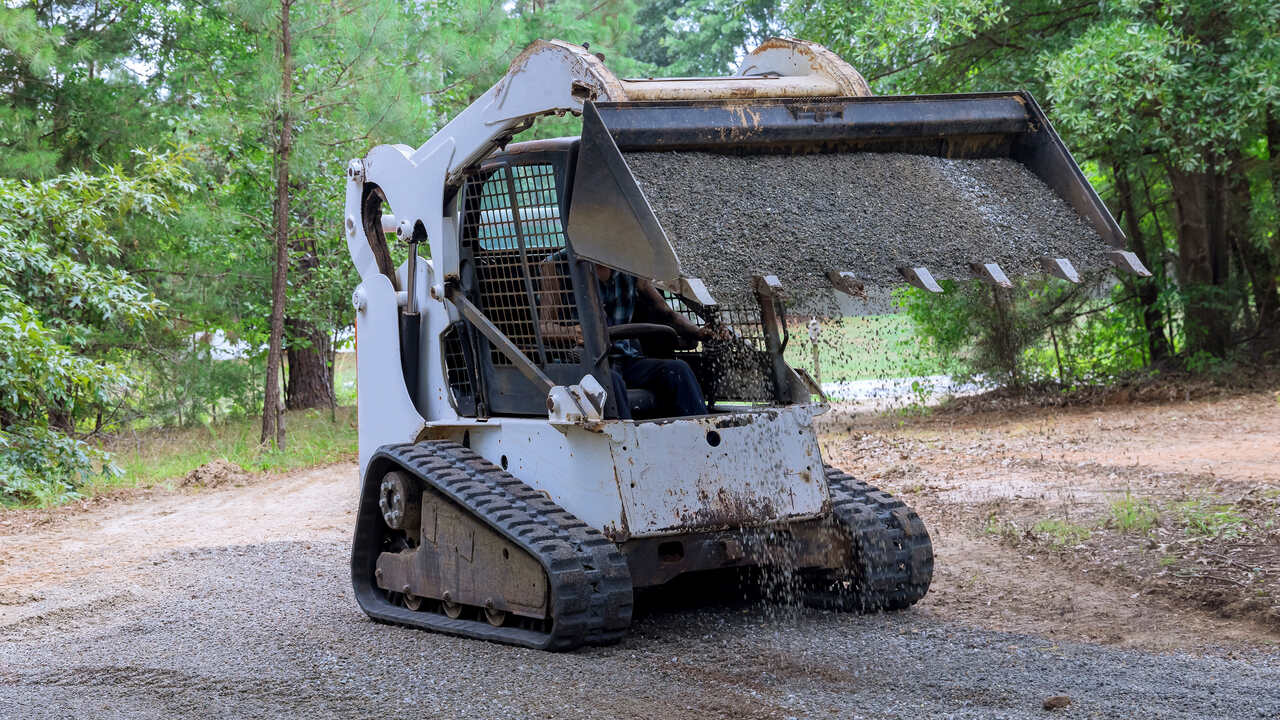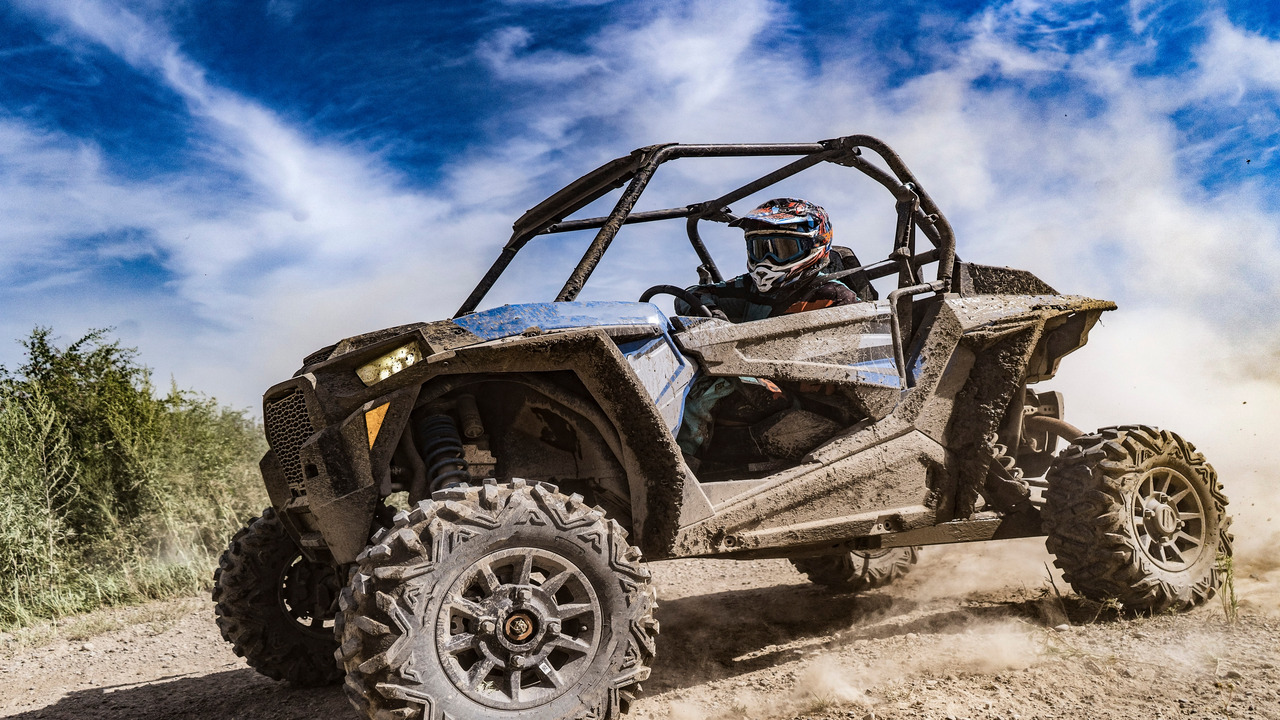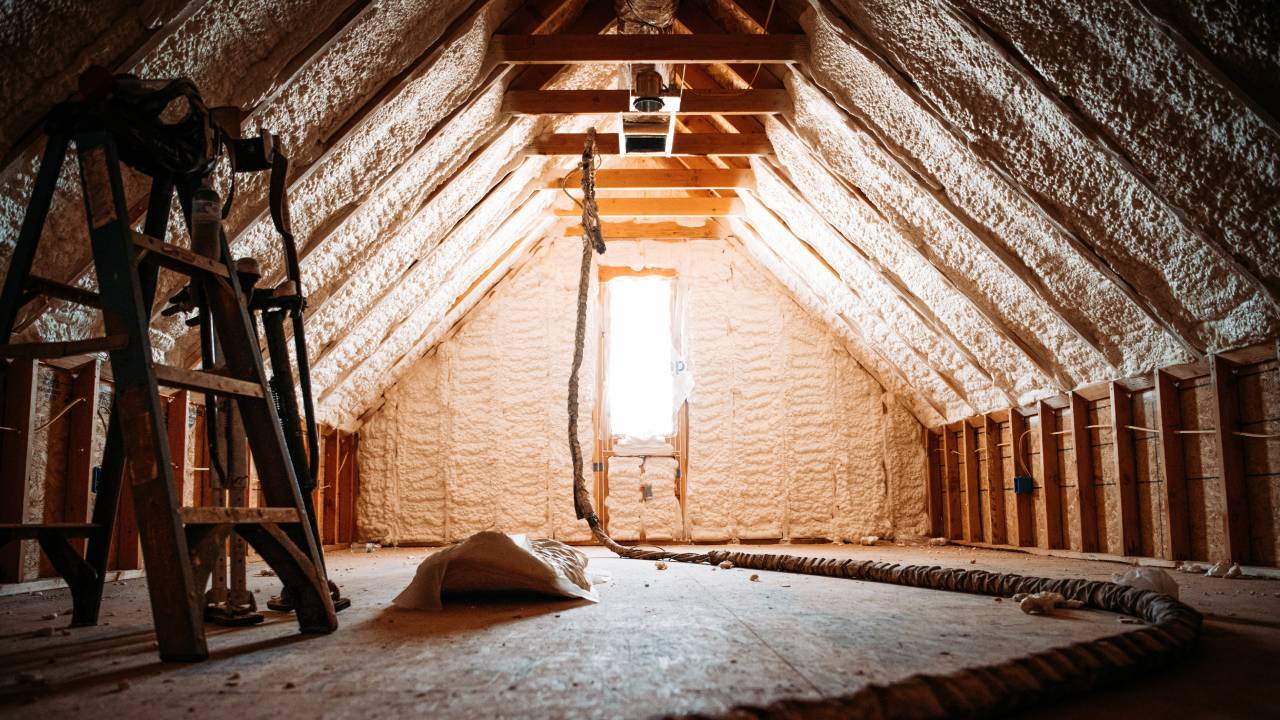Learn how to use skid steer attachments safely and efficiently. Boost productivity, reduce accidents, and protect your equipment with expert tips and training.
Author: Dianne Pajo
Dianne Pajo is a writer based out of the Chicagoland area with a passion for music, combat sports, and animals. She enjoys competing in amateur boxing and kickboxing, but in her other leisure time, you can find her performing music around the city. She is also a dog mom of 2.
Why Your Back Hurts After Fishing All Day
Do you experience back pain after a day on the water? Here’s why your back hurts after fishing all day and what you can do to resolve the pain.
The Pros and Cons of a Camping Shower: Do You Need One
Are you considering a camping shower? Explore the benefits, downsides, and types to decide if it’s the right shower solution during camping.
Safety Equipment Every Rider Needs When Off-Roading
Stay safe on UTV adventures with essential gear like helmets, protective clothing, and communication devices. Explore trails confidently with these smart tips!
Fortify Your Homestead: How Spray Foam Enhances Preparedness
Fortify your homestead by learning how spray foam strengthens insulation, boosts energy efficiency, and adds fire resistance for long-term preparedness.





